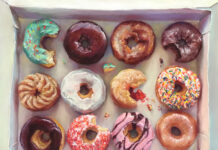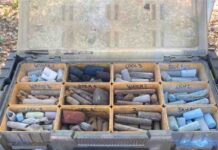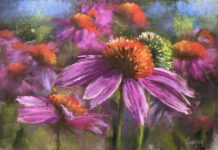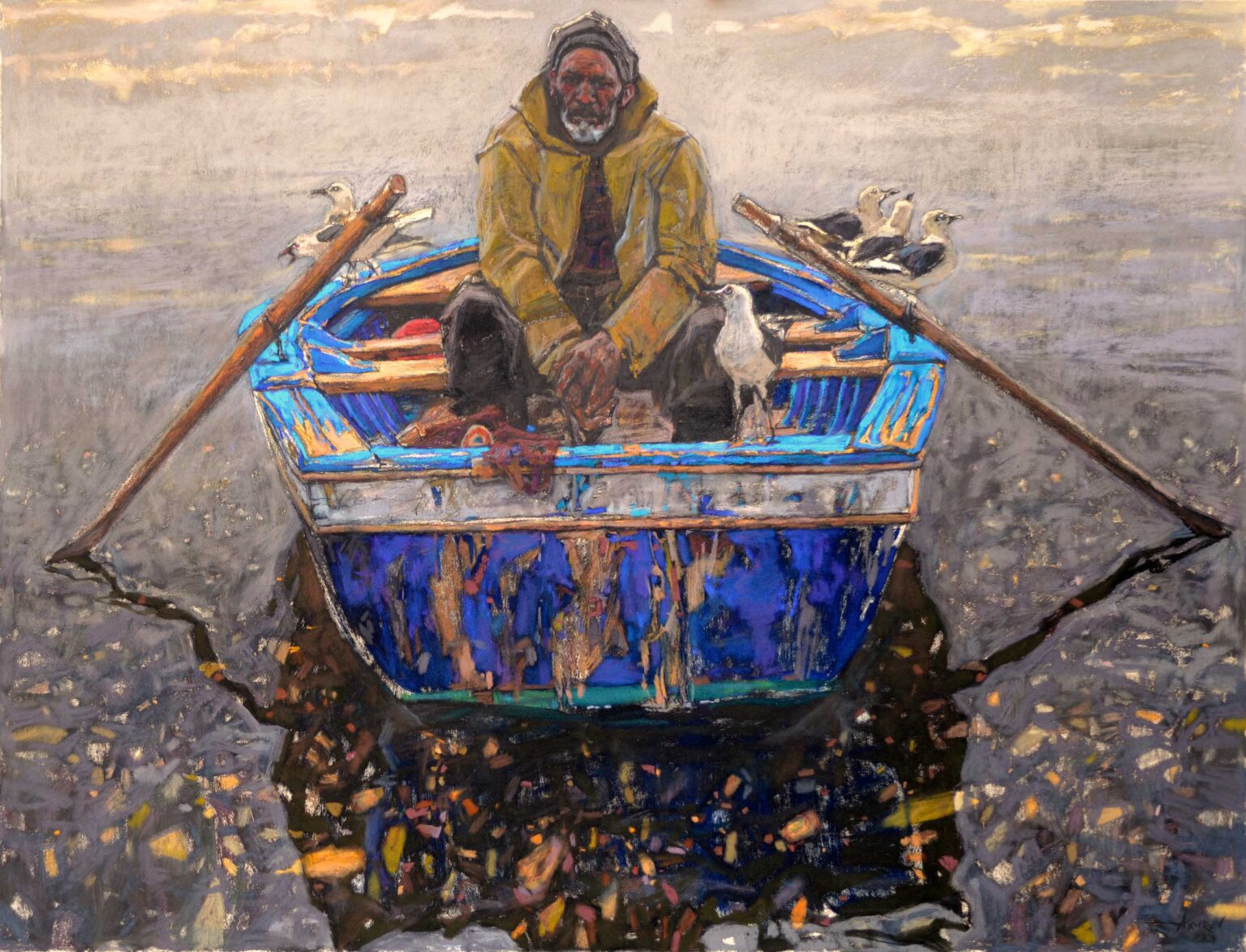
Daud Akhreiv and his wife, Melissa Hefferlin (also an artist), have been making an annual trip from their home in Tennessee to the town of Frenchboro, on Long Island, in Maine, for many years. It was there that Akhriev first had the inspiration for a series of nautical-themed paintings.
After years of painting port workers, the artist has developed a sense of his subjects’ strong features. He describes their appearance as having “a beautiful imperfection,” a captivating asymmetry. “I see this in how their faces move and eyes squint when talking,” the artist says. “These men look directly at you and really consider you. I like these qualities.”
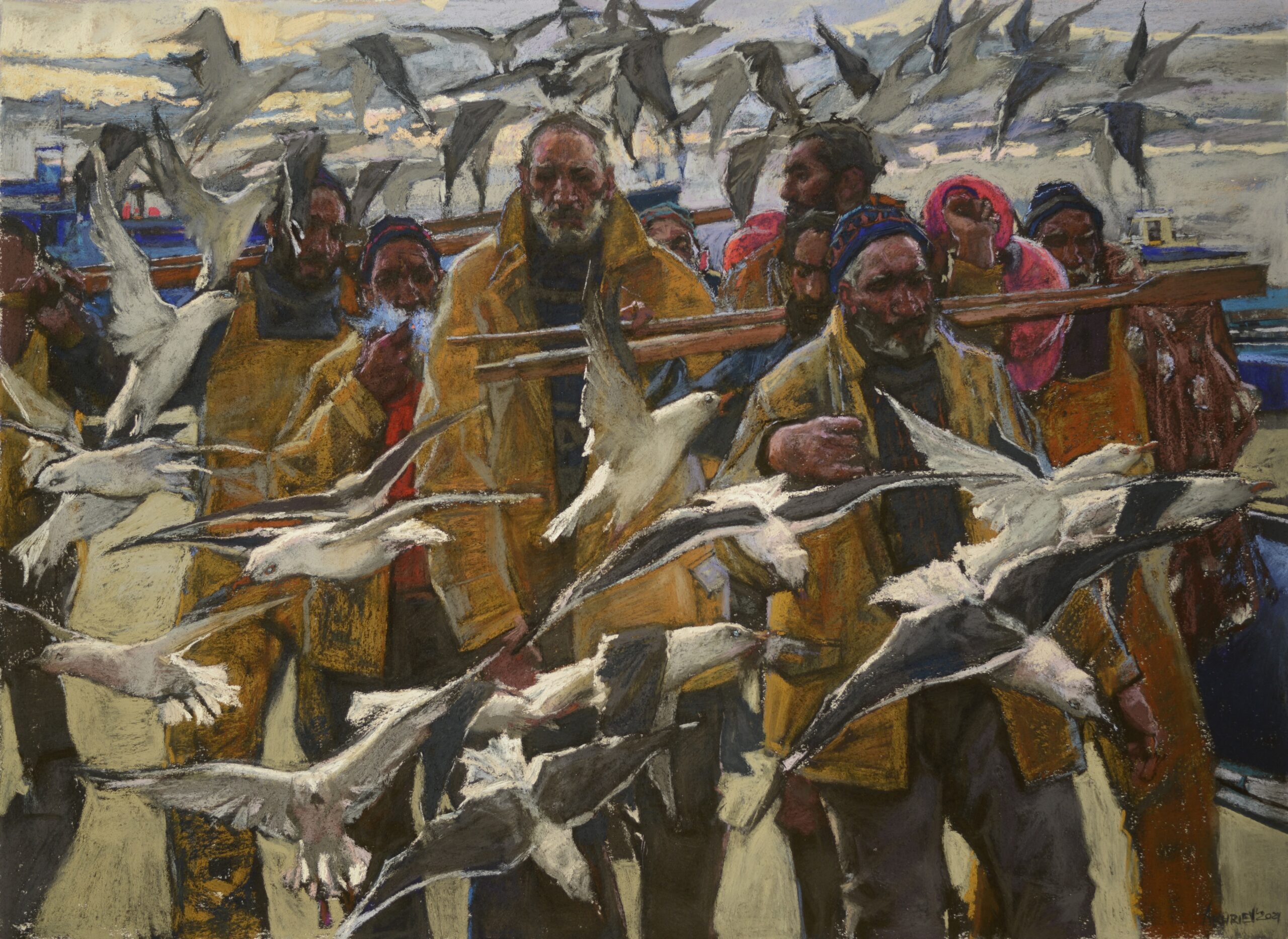
“Serious Composition”
Born in the former Soviet Union, the artist completed 14 years of formal studies in fine arts, including a six-year program at the Repin Institute (Russian Academy of Fine Art), in St. Petersburg, one of the foremost art academies in the world. “The most important thing I learned at the Academy was the concept of developing what I call ‘serious composition,’ ” Akhriev says. “It’s the skill of seeing an image in its complexities of light and dark; the structure of the way the eye will move around the painting; and the balancing of the masses.”
Attuned to these compositional qualities, Akhriev enjoys a diverse range of other artist’s work. “Like the Macchiaioli painters of Italy,” he says, “or the abstractions of Wassily Kandinsky. These artists often used similar principles in designing their compositions.”
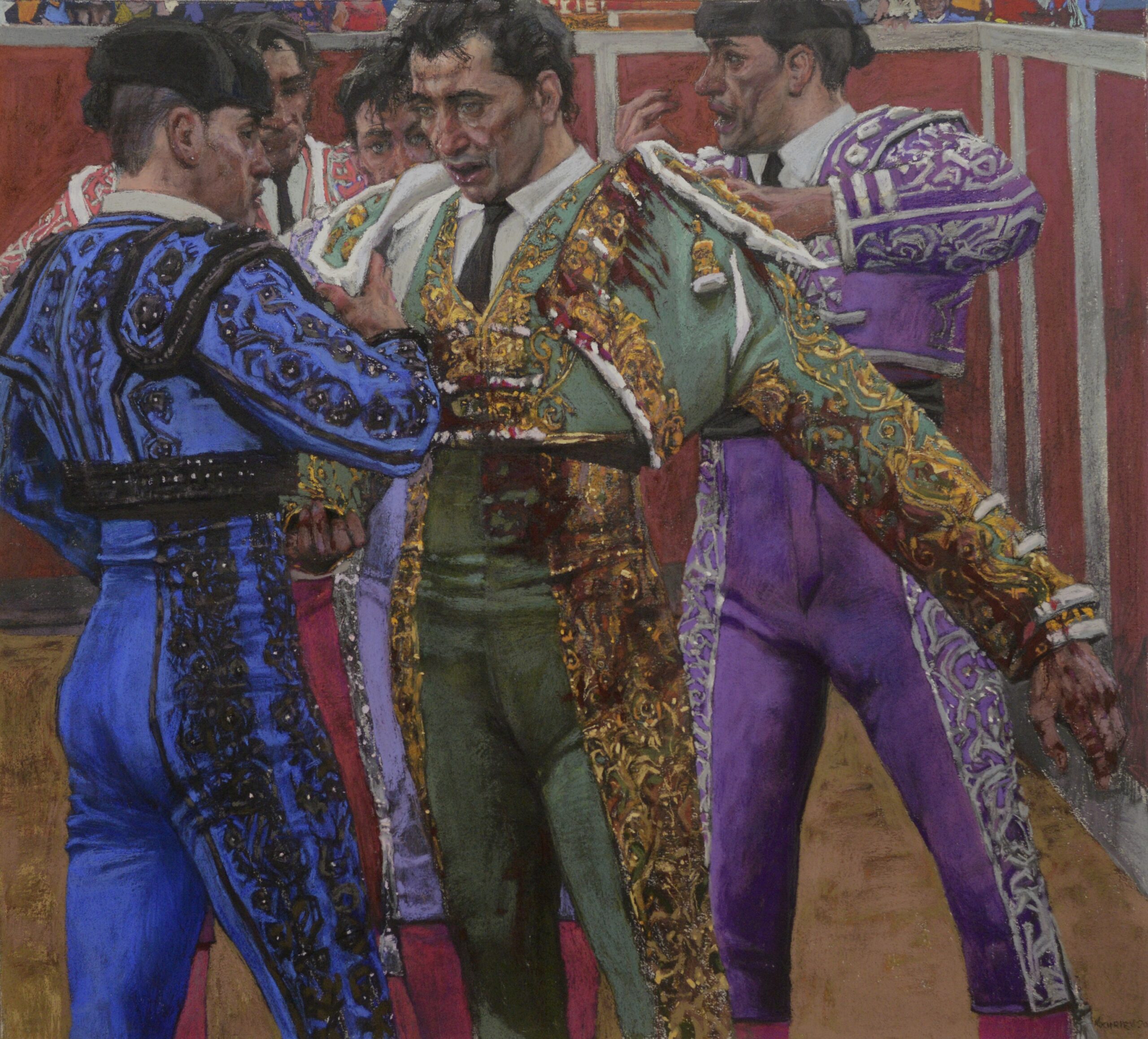
The Artist’s Process
Akhriev applies pastel hard to soft, dark to light. He begins by toning his paper with either charcoal or black pastel, wiping it with a cloth before beginning a loose underdrawing. He favors Stonehenge, Rives BFK and Sennelier La Carte papers. “I usually begin with Rembrandt pastels, applying them heavily,” he says. “Then I finish with Sennelier and Unison pastels. At the end I’ll use pastel pencils for the fine details.”
The artist applies fixative in between layers, typically seven or eight times during a painting. This darkens the underlayers and allows him to build broken-color effects. It also allows him to use pastel pencils over soft pastel, obtaining textural effects similar to brushstrokes. Frequently, he breaks his sticks to achieve sharp edges required in his detailed work.
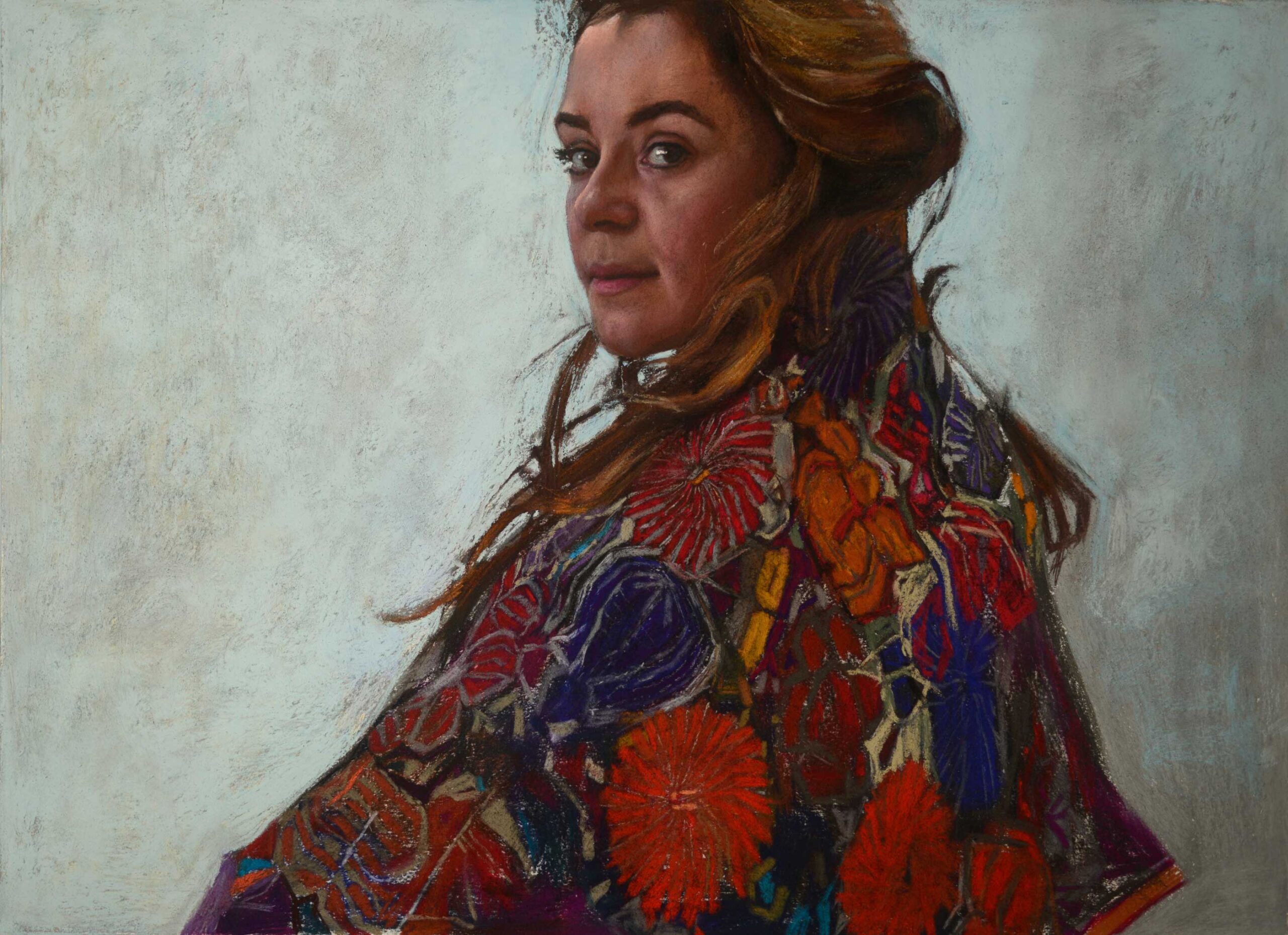
Looking for Truth
Integrity and inner beauty are at the core of a concurrent series, entitled “Veritas,” which translates as truth. “Truth isn’t always pretty, but to me, it’s always beautiful,” says Akhriev. “Inside all of us, across all cultures and ethnicities, this beauty enables us to be capable of doing great things.” In a set of pictures with his model, Laura, the subject is holding a piece of Oaxacan embroidery, which the artist describes as not only a reference to the model’s glorious individuality, but also to all the artisans who create these celebratory garments. “Like symbolic robes of nobility,” says the artist, “I believe this beauty of inner truth in each of us is something to behold and celebrate.”
Like his nautical imagery, Akhriev’s Veritas paintings demonstrate how working in series suits the artist’s creative process, providing opportunities to delve deeply into his subjects — to uncover hidden beauty and express empowering ideas.
Paying It Forward
Remembering the dedication of his instructors, Akhriev enjoys teaching and offers occasional classes in Europe and the United States. He has taught at The Florence Academy, the University of Tennessee, Baylor School, Townsend Atelier, and many others.
And guess what! Daud has joined the faculty of Pastel Live, September 18-20, 2024, with an Essential Techniques Day on September 17. Learn more and secure your spot at PastelLive.com.

